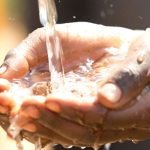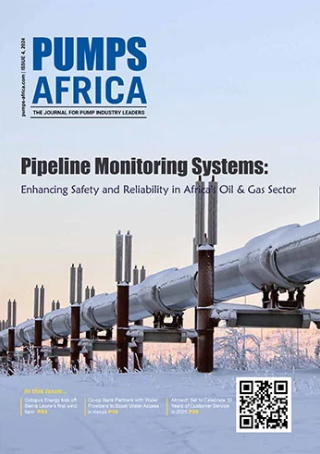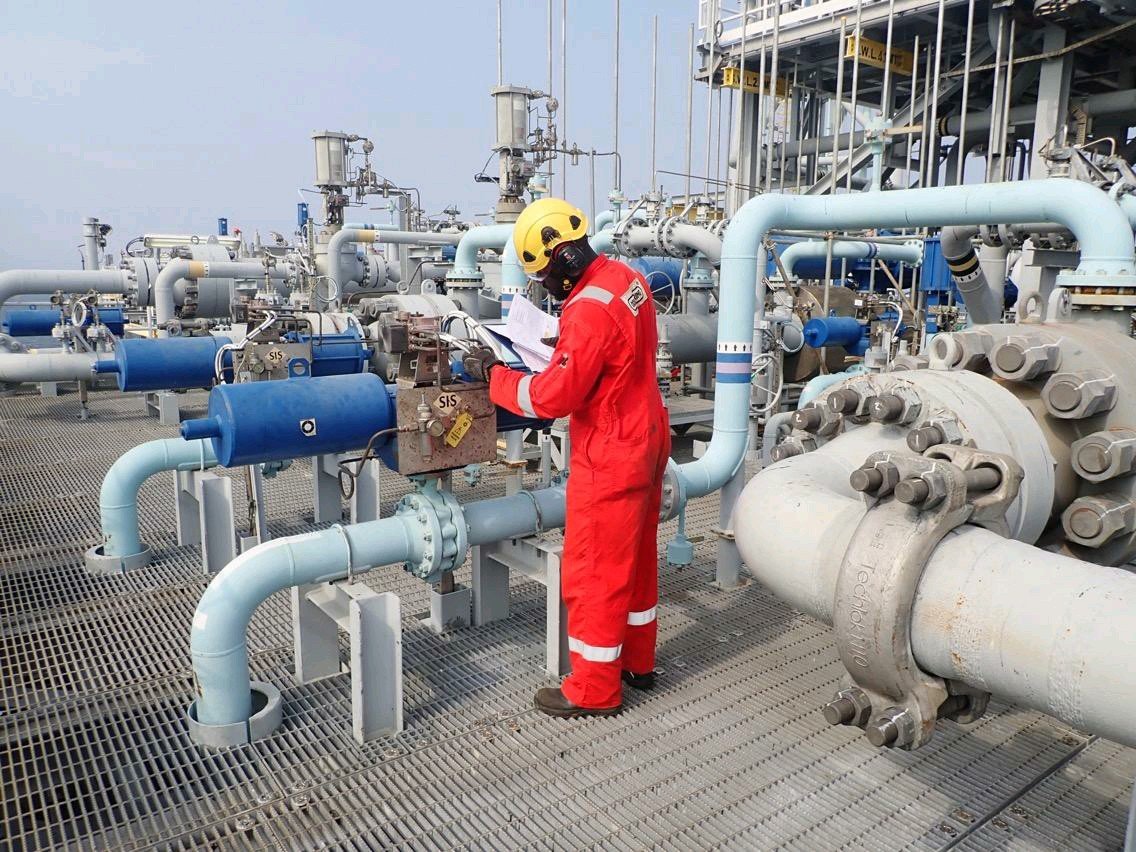South Africa has unveiled a US$61 billion plan for the next ten years to counter water shortages by improving its water-supply and storage infrastructure.
Lindiwe Sisulu – South Africa’s minister for Human Settlements, Water and Sanitation unveiled the national plan that outlines how the investment will help tackle a growing shortage of the resource.
With parts of the country, most notably the Eastern Cape province, experiencing the worst drought in a century, water deficit is set to worsen as scientists are forecasting further increases in average temperatures due to the greenhouse effect of unchecked carbon emissions. Cape Town almost experienced day zero in 2017.
2015 and 2016 saw two consecutive years of drought in Cape Town, but 2017, experts anticipated a wet winter given that it would be a statistical anomaly to suffer 3 successive years of drought. It turned out to be the driest winter on record.
However, the city was saved by a generous rainy season in 2018.
RELATED: South Africa taking drastic measures in Water Scarce regions
South Africa gets on average 465 mm of rain a year, or about half the global average and Minister Sisulu acknowledges that there is not enough water for supply the industrialized South Africa. “The demand simply outweighs the supply,” she said.
According to the Human Settlements, Water and Sanitation ministry, more than one-third of available water is lost due to leaking pipes, aging and broken infrastructure, vandalism and contamination.
“We need to constantly raise consciousness to preserve what we have,” said Sisulu.
Maintenance backlogs have been exacerbated due to funding shortfalls and a failure by municipalities and other users to pay for their supplies.
READ: Another Day Zero looming in South Africa – warns water expert
A separate unit will be established to finance, manage and operate the national water infrastructure, while projects that are currently in the works will be expedited, Sisulu told reporters at the unveiling of the plan.
According to Energy Research Analyst – Laura Caetano, South Africa needs to invest in infrastructure that will provide a sustainable and secure water supply in the years to come, whether desalination or wastewater treatment plants, before a return of similar drought conditions.







